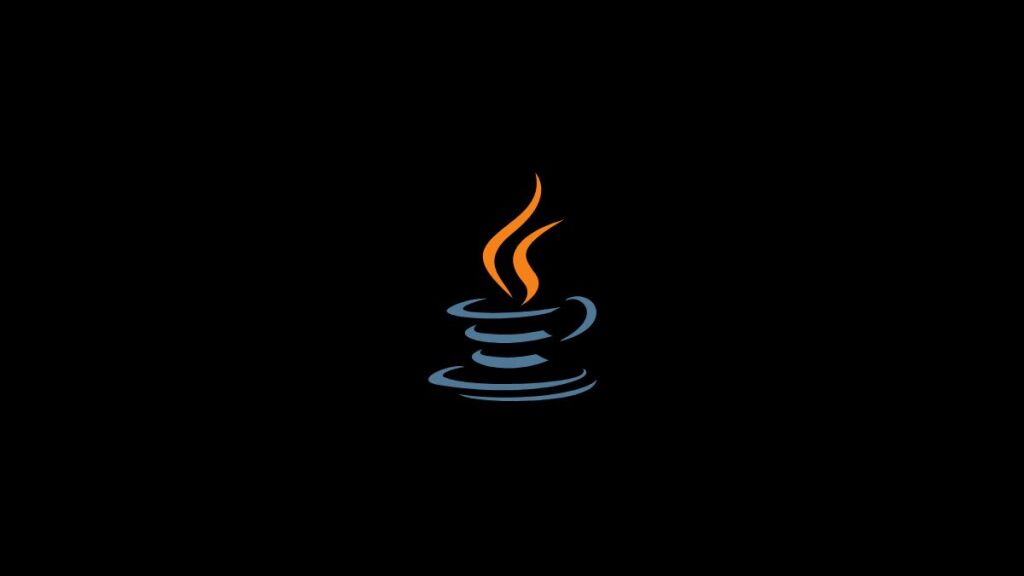Developers often encounter the java.net.BindException: Address Already in Use error when working with networked applications in Java. This exception is thrown when a Java application attempts to bind a socket to a network address (IP and port) that is already in use by another application or process. Understanding the root causes and implementing effective solutions is crucial for resolving this issue and ensuring smooth operation of network applications. This article explores the causes of this exception and outlines strategies for fixing it.
Understanding the Cause
The BindException: Address Already in Use error occurs under the following circumstances:
- Port Conflict: The most common cause is attempting to start a server that binds to a port already occupied by another application.
- Rapid Restart: Trying to restart a server immediately after it has been stopped can also trigger this exception because the operating system might not have released the port yet, especially if the socket was not properly closed.
- Misconfigured Settings: In some cases, incorrect network settings or configurations can lead to port conflicts.
Strategies for Resolution
Identify and Terminate Conflicting Processes
The first step in resolving this error is to identify any processes that are using the port your application is trying to bind to. You can use the following commands based on your operating system:
Windows:
netstat -aon | findstr <port>Use the PID in the output with the Task Manager or taskkill /PID <pid> /F to terminate the process.
Linux/macOS:
sudo lsof -i :<port>Use the PID from the output with kill -9 <pid> to terminate the process.
Ensure Proper Socket Closure
Improper shutdown of applications can leave sockets in a TIME_WAIT state, preventing other applications from binding to that port. Ensure your application properly closes all sockets and server sockets. Use try-with-resources or finally blocks to close sockets:
try (ServerSocket serverSocket = new ServerSocket(port)) {
// Application logic here
} catch (IOException e) {
e.printStackTrace();
}Use the SO_REUSEADDR Socket Option
If your application needs to be restarted frequently, consider setting the SO_REUSEADDR socket option. This option allows your application to bind to a port that is still in the TIME_WAIT state, assuming no other active sockets are bound to it.
ServerSocket serverSocket = new ServerSocket();
serverSocket.setReuseAddress(true);
serverSocket.bind(new InetSocketAddress(port));Adjust TIME_WAIT State Duration
On Linux systems, you can adjust the duration a socket remains in the TIME_WAIT state by modifying the /proc/sys/net/ipv4/tcp_fin_timeout file, though this approach should be used with caution as it affects the entire system.
Opt for Dynamic Port Allocation
If feasible, consider allowing your application to bind to any available port instead of a fixed port. You can achieve this by passing 0 as the port number when creating a ServerSocket:
ServerSocket serverSocket = new ServerSocket(0); // Binds to any available port
int dynamicPort = serverSocket.getLocalPort(); // Retrieve the assigned portConclusion
The java.net.BindException: Address Already in Use error is a common issue in network programming that can be resolved through careful investigation and application configuration. By identifying and resolving port conflicts, ensuring proper socket closure, and optionally using dynamic port allocation or adjusting system settings, developers can mitigate this exception and enhance the reliability of their Java network applications. Remember, each solution has its context where it’s most applicable, and understanding the underlying cause is key to selecting the most effective resolution strategy.
- How to Add Captions inside Feature Images with GeneratePress - May 8, 2024
- Car Dealership Tycoon Codes: Free Cash for March 2024 - April 9, 2024
- World Solver - April 9, 2024

